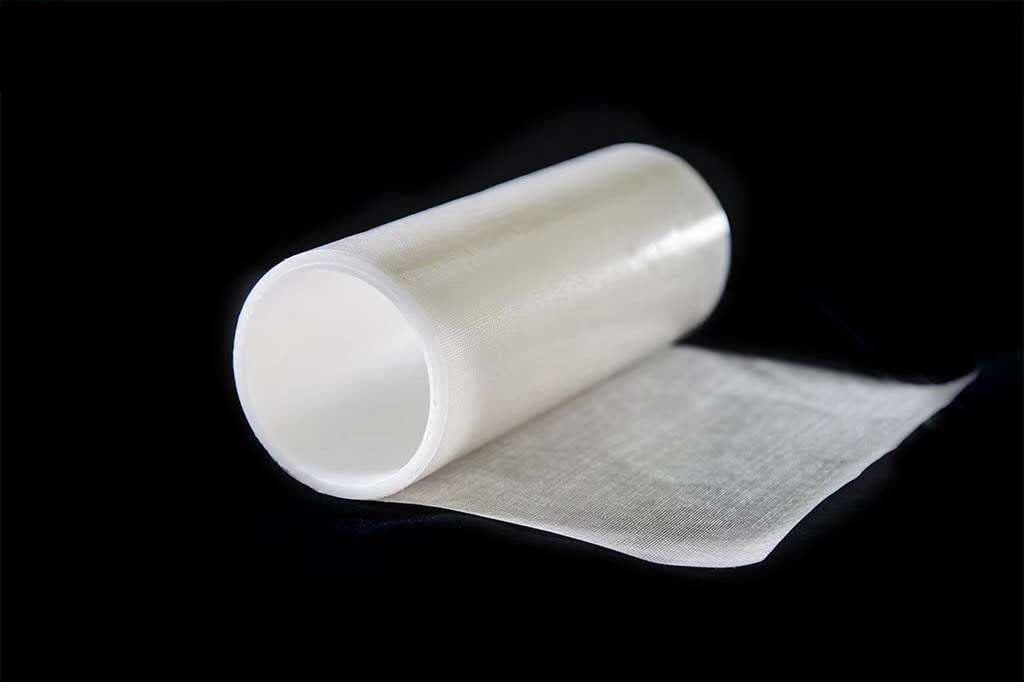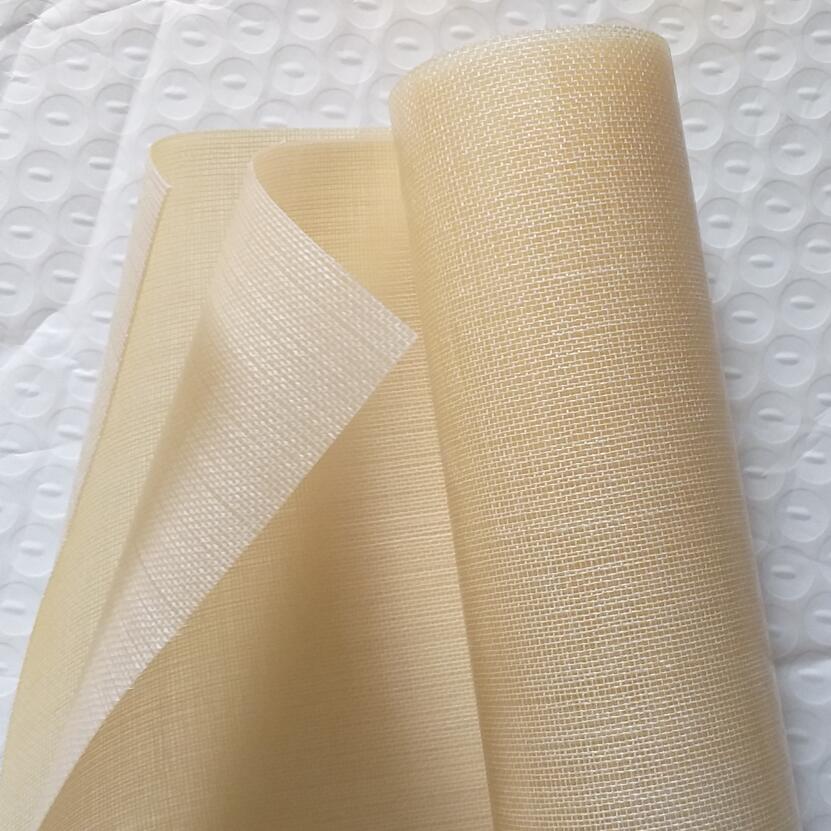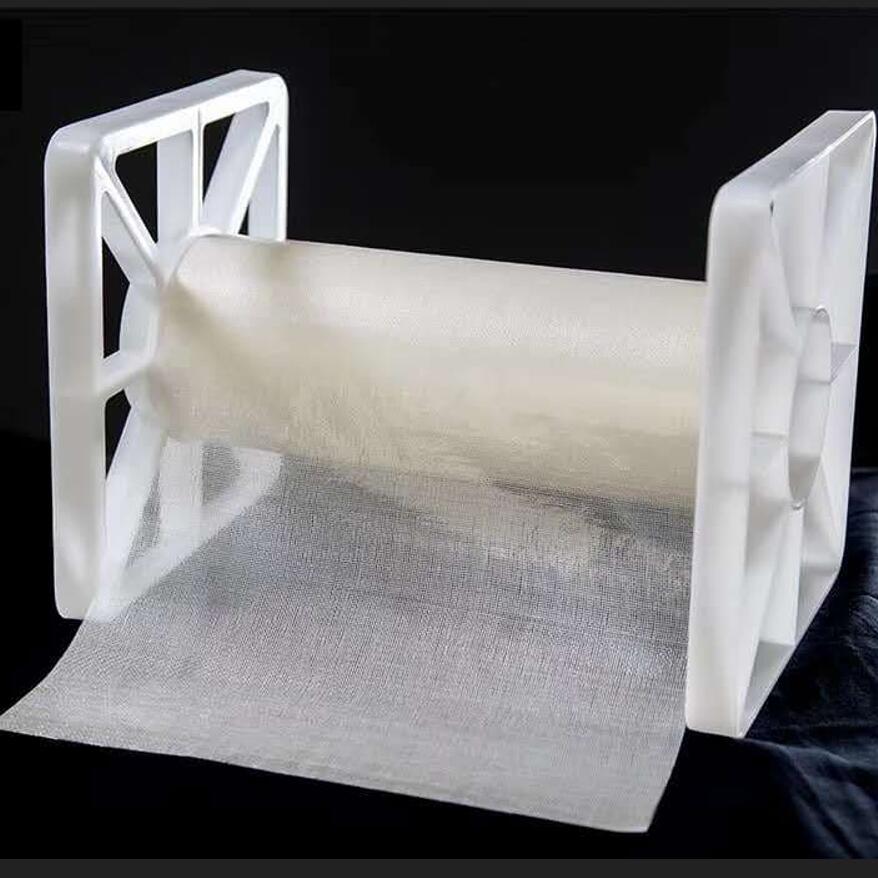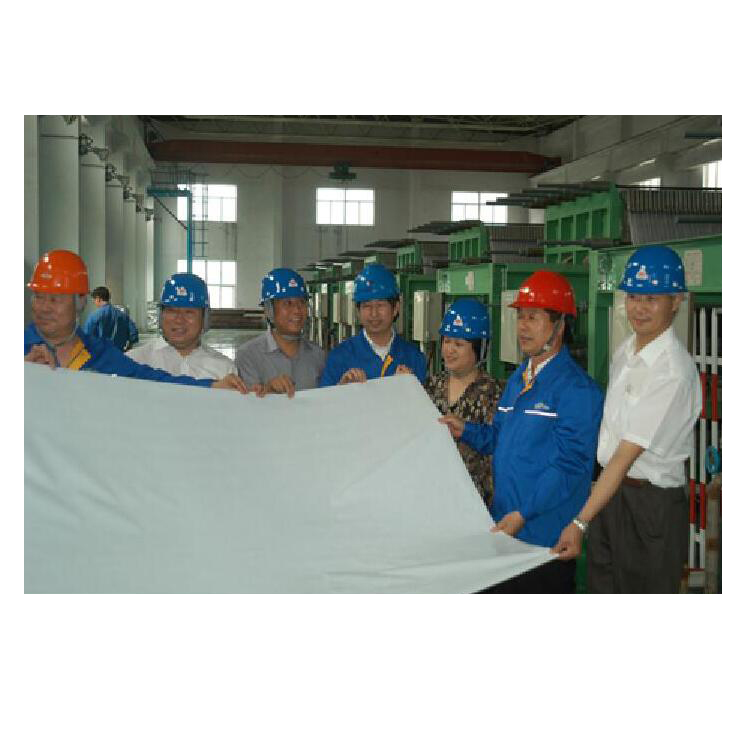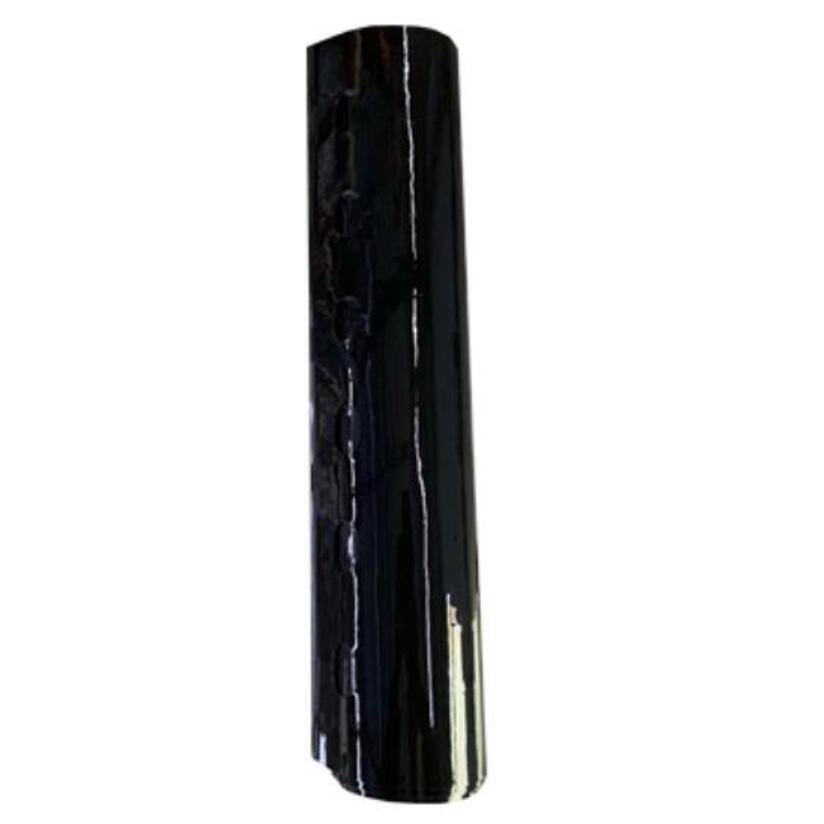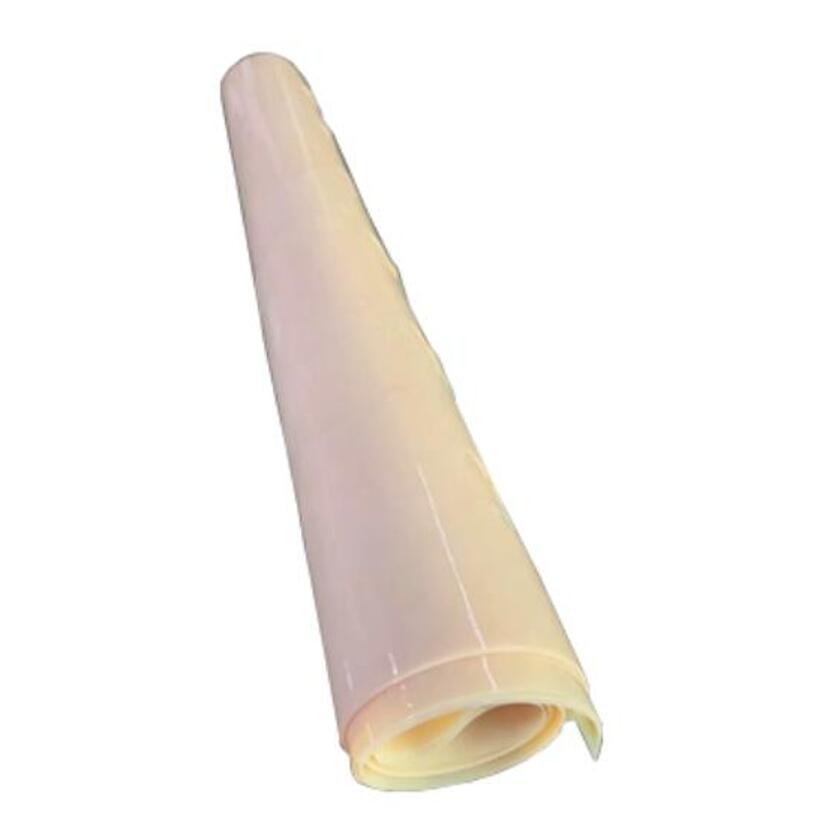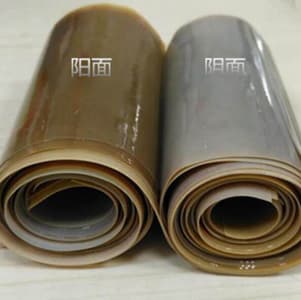Chemical Name:ion exchange membrane
Synonyms:cation exchange membranes, anion exchange membranes, bipolar ion exchange membranes, perfluorosulfonic acid ion exchange membranes and chlor-alkali membranes,ionomer membrane,proton exchange membrane
Appearance: membrane
Application:electrodialysis, electrolyzer, hydrogen fuel cell,vanadium flow batteries, chlor-alkali industry for the production of NaOH and KOH, water treatment device
REF. FOB Price:USD10-1500/Piece
Min. Order:1 piece
Payment Terms:L/C,T/T,Western Union,Paypal
Lead Time:10-15 days
Month Capacity:30000 square meters
Technical Index:
The membrane resistance and selective permeability of the ion exchange membrane are important indicators of the electrochemical performance of the membrane. The order of cation permeability in the positive membrane is: Li+>Na+>NH4+>K+>Rb+>Cs+>Ag+> Tl+>Mg2+>Zn2+>Co2+>Cd2+> Ni2+>Ca2+>Sr2+>Pb2+>Ba2+
The order of anion permeability in the anion membrane is: F->CH3COO->HCOO->Cl->SCN->Br->CrO4->NO3->I->(COO)2-(oxalate)>SO42- 4)
Membrane resistance is a value related to the mobility of ions in the membrane, and can be divided into volume resistance and surface resistance according to different measurement and calculation methods.
The permeability of water in the membrane is the amount of water carried by ions as they pass through the membrane. In practice, water permeability is a performance of the membrane. The larger the value, the greater the water loss during electrodialysis. Generally, the water permeability of hydrophobic polymer membranes is much lower than that of hydrophilic polymer membranes.
Performance index
1. Exchange capacity is the key parameter of ion exchange membrane, and its unit is mmol/g. Generally, membranes with high exchange capacity are selected for good permeability and strong conductivity.
2. Water content refers to the internal water combined with active groups in the film, expressed in grams per gram of dry film (%).
3. Conductivity (membrane resistance) is generally expressed by conductivity (Ω.cm) or resistivity (Ω.cm), and it is also commonly expressed by membrane surface resistance, which is the resistance per unit membrane area (Ω.cm). Without affecting other performance, the smaller the resistance, the better, in order to reduce power consumption. The membrane resistance is related to the membrane structure and membrane thickness, in addition to the external solution and temperature.
4. Selective permeability reflects the selective permeability of the membrane to different ions, expressed by ion migration number (t) and membrane permeability (p). The number of ion migration in the membrane is the ratio of the migration of a certain ion in the membrane to the migration of all ions in the membrane. Or it can also be expressed by the ratio of the charged amount of ion migration. For an ideal ion exchange membrane, the migration number of counter ions is 1, and the migration number of ions with the same name is 0.
5. Mechanical strength. The mechanical strength of the membrane includes the burst strength and tensile strength of the membrane, as well as the bending strength and flexibility. Bursting strength refers to the highest pressure that the membrane can withstand when it is subjected to vertical pressure. It is measured by the hydraulic blasting method and expressed in terms of the pressure per unit area (MPa). It is an important indicator of the mechanical strength of the membrane. Tensile strength refers to the highest tensile force that the film can withstand when it is pulled in equal directions, expressed by the force per unit area (MPa). The enhanced degree of crosslinking can increase the mechanical strength of the membrane, while increasing the exchange capacity and water content will decrease the strength.
6. Expansion performance (dimensional stability), the expansion and contraction of the film should be as small and uniform as possible, otherwise it will cause water leakage, leakage and current rate drop.
7. The chemical performance refers to the film's acid and alkali resistance, solvent resistance, oxidation resistance, radiation resistance, temperature resistance, organic pollution resistance, etc.
Application:
1. The ion exchange membrane can be assembled into an electrodialyzer for desalination of brackish water and concentration of salt solution. The desalination degree of the electrodialysis device can reach the purity of distilled water once. It can also be used for the desalination of glycerol and polyethylene glycol, the separation of various ions and radioactive elements, isotopes, and the fractionation of amino acids.
2. Ion exchange membranes are also used in the purification of organic and inorganic compounds, the treatment of radioactive waste liquids in the atomic energy industry and the preparation of nuclear fuels, as well as fuel cell membranes and ion selective electrodes.
3. Ion exchange membrane occupies an important position in the field of membrane technology, and it will also play an important role in the research of biomimetic membranes.
4. The ion exchange membrane is used in the production of ion-exchange membrane caustic soda and KOH in the chlor-alkali industry

